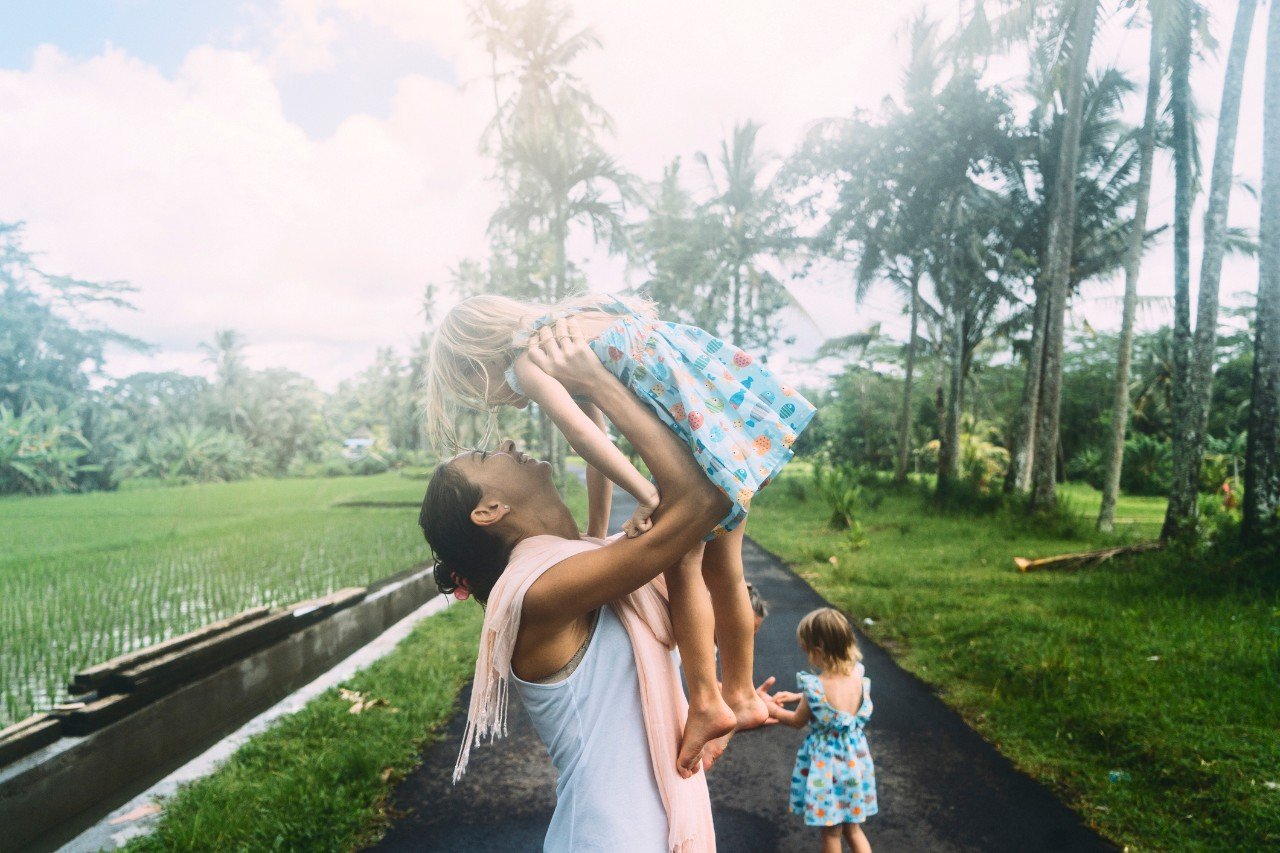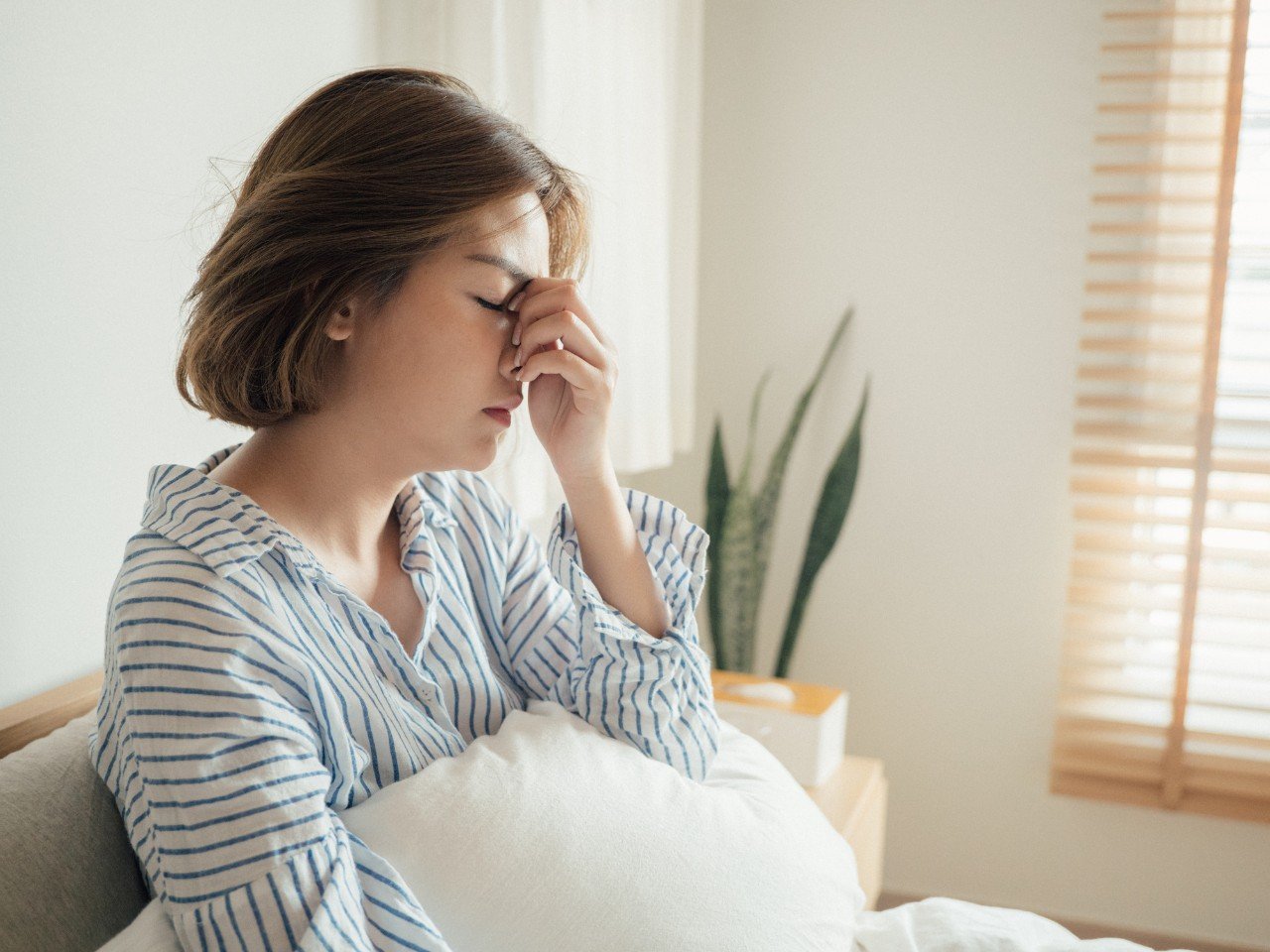Table of Contents

How to keep your family safe from pollution
Possibility of water pollution
In first world countries, the risk of water pollution is lower, but still present.
Risks run the gamut, from unlikely to high-risk. Physical contaminants (such as sediment), are unfortunately, not rare. And chemical contaminants (such as nitrogen, pesticides and salt), can occur, while biological contaminants (such as viruses and bacteria) are less likely in developed countries. And radiological contaminants (such as uranium) are possible, but even rarer.
That said, there is often the possibility of an unforeseen water crisis, such as thelead contamination crisis in Flint, Michigan in 2014. And a growing number of countries are at risk of water security crises. (International water security is a subject we discussed in our blog about countries with the worst access to clean water.) In fact, Boston University researchers recently found that ocean pollution threatens the health of 3 billion people.
Home water management for at risk homes
No home is without risk when it comes to water contamination, but some are more vulnerable than others.
You should be especially vigilant if your home falls into the following categories:
- Pipes connecting to your house are not detected by public monitoring
- You source your own water (from a well, body of water or reservoir)
- Your home and its plumbing need modernisation
Sourcing your own water
Having your own water source (i.e., off the grid) is not uncommon, especially in rural homes. However, it’s not without risk.
Whether you source some of your water from a well on your land, a water butte or another private source, you should take precautions to ensure that the water is safe and suitable for its intended use.
As the Environmental Protection Agency (EPA) says: “Unlike public drinking water systems, private wells do not have experts regularly checking the water’s source and its quality before it is sent to the tap.”
Watch out for possible contamination. Sources of contamination could be:
- Pollution (such as chemicals) in soil nearby
- Litter
- Proximity to animal waste
- Unsanitary tools and materials for sourcing the water (such as rusting containers, for instance)
Evaluating water safety
You can investigate water safety by testing it in your own home, via a lab, or by sourcing information from local authorities. Michigan State University advices water testing (and improved state surveillance programmes).
For private residents, the options are:
Testing at home
It is possible to test your water at home. These home testing kits are widely used available and affordable (often costing as little as US$20). Naturally, quality and efficacy vary from product to product, so do your research before purchasing.
Home testing kits often have testing strips that you can put into a sample of your water, which will colour-change if they detect (for example) lead, nitrate, or copper.
Lab tests of water safety
Finding information from local authorities
Many countries, cities and localities carry out regular water evaluations. And you can contact local authorities to ask for a copy of this information. To use just two examples, if you’re based in the United States, for instance, the EPA recommends you find out your area’s CCR (consumer confidence report) on the EPA website and if you’re UK-based, you can check on local water quality on the UK government website.
After testing your water
If you have tested your water quality and it’s deemed unsafe, there are steps you can take, both long and short-term, to obtain a safe water supply.
Short term steps to maintaining safe water:
- Drink only bottled water until your clean supply is returned
- Boil water before consumption (boiling water is effective in killing most bacteria and pathogens, but is environmentally and financially unsustainable as a long-term solution)
- Source water from a neighbour whose water is not contaminated
Longer term solutions would include:
- Having your plumbing examined and possibly having piping updated and replaced
- Installing a water filter to your faucet
- Purchasing and installing a water filtration system to your home
Water, the essence of life
Water is an essential component of life on Earth, and we have a series of articles to help you navigate the subject of our most precious resource. On the family side, we have a guide for families about Understanding Water Security and Educating Kids about Water Management.
You can find a wealth of information on the subject in our water hub.
And you can contact us today for any information you need about international health insurance.












